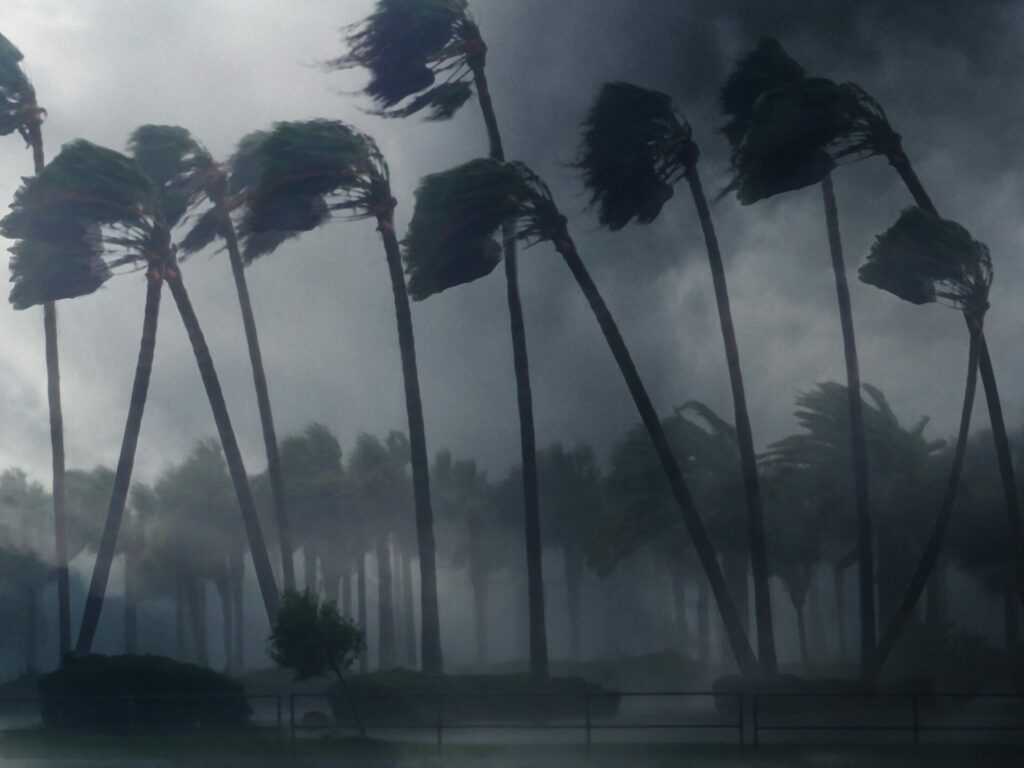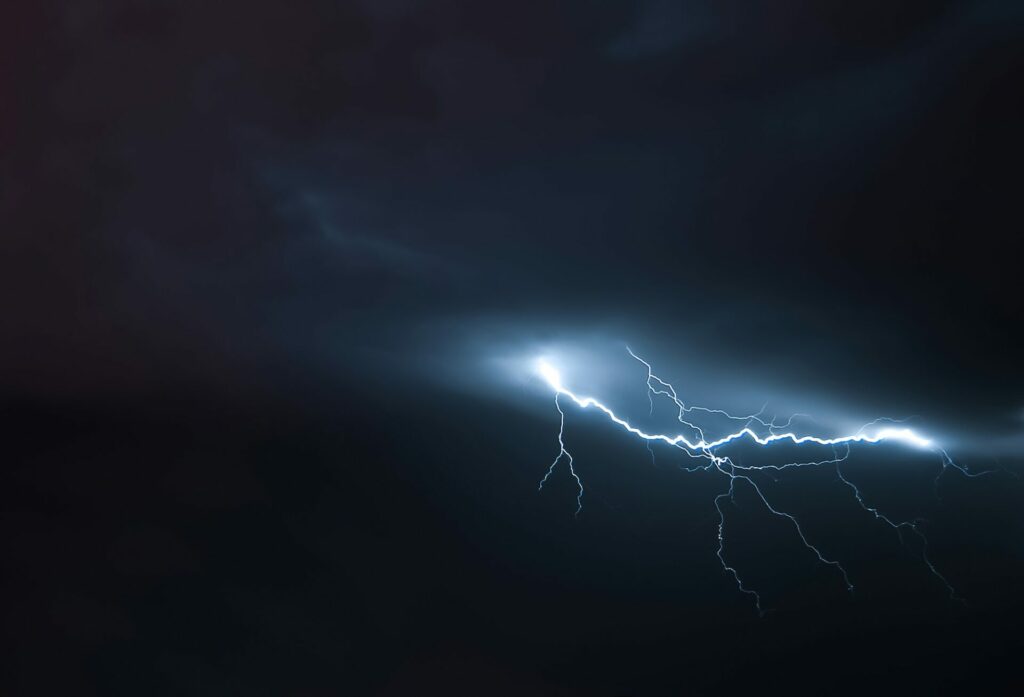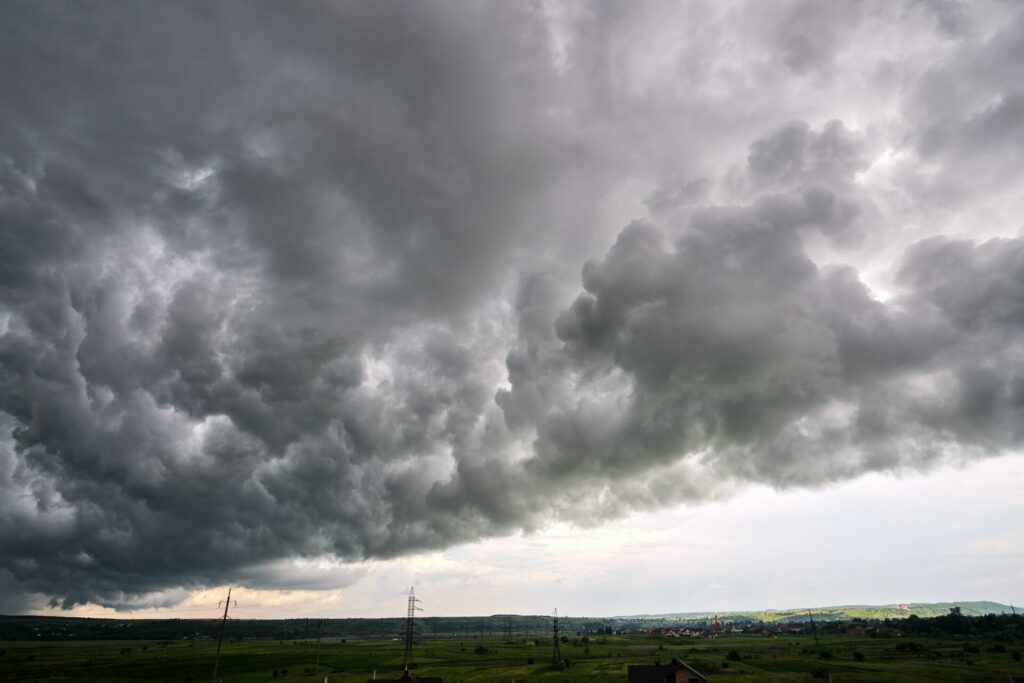
Before knowing about public storm warning signals, let us know what is a typhoon. Typhoons are a bunch of clouds and thunderstorms that originate over tropical or subtropical Ocean waters forming a closed circulation. We cannot prevent typhoon but can predict and forecast it with the use of different tools and advanced technology. Typhoon has many devastating effects such as it can cause heavy storms, can cause heavy rain resulting in floods it can change the climate of a particular region.

A public storm warning signal simply called PSWS is to determine the strength of a typhoon entering the PAR ( Philippine area of responsibility). PAGASA (Philippine atmospheric, geophysical, and astronomical services administration) issues the public storm warning signal #1 and other signals. The 6 operational Doppler Radars from PAGASA are in Baguio, Subic, Tagaytay, Mactan, Hinatuan, and Tampakan. With the radar network, they can monitor the weather system even before it arrives in a particular area.
There are several public storms warning signals. These signals are alert signals which signify all people should stay at home or nearby safe shelter unless any emergency. These signals are important because through these people can at least predict the probable destruction. In this article, you will get to know about different public storm warning signals, including public storm warning signal #1. So, let’s talk about the public storm warning signals.
Public Storm Warning Signal #1
The public storm warning signal #1 is the most common of all public storm warning signals because it is the weakest signal. During this signal, the wind speed is 30 to 60 km per hour and is expected within 36 hours. For this signal wave height is 1.25-4.0 meters.

Impact of the wind: During a public storm warning signal #1, only very light to no damage at all may be sustained by the exposed community. For example, twigs, and branches of small trees may be broken, some banana plants may tilt or drown and rice crops may suffer major damage if they are in the flowering stage. Also, some houses of very light materials such as nipa and cogon maybe partially unroofed.
Public Storm Warning Signal #2
During public storm warning signal #2, the wind speed is 61 to 120 km per hour and is expected within 24 hours. For this signal wave height is 4.1-14.0 meters. This is a stronger signal than #1.
Impact of the wind: In general, the wind may bring light to moderate damage to the exposed community. For example, some coconut trees may be tilted with a few others broken, a few big trees may be uprooted, many banana plants may drown, and rice and corn maybe adversely affected. Moreover, a large number of nipa and cogon houses maybe partially or unroofed, some old galvanized iron roofings may be peeled off, some poorly constructed wooden and old electric post or signs and billboards may be tilted or downed.
Public Storm Warning Signal #3
For public storm warning signal #3, the wind speed is 121-170 kilometers per hour and is expected within 18 hours. For this signal wave height is greater than 14.0 meters. The signal is stronger than the #1 and #2 signals.
Impact of wind: In general, moderate to heavy damage may be experienced particularly in agriculture and industrial sectors. For example, a large number of trees may be broken or uprooted, almost all banana plants may be downed, the majority of all nipa and houses may be unroofed or destroyed. There may be white spread destruction of electrical power and communication services, there may be considerable damage to structures of light to medium construction.
Public Storm Warning Signal #4
For public storm warning signal #4, the wind speed is 171 to 220 km per hour and is expected within 12 hours. For this signal wave height is more than 14.0 meters and storms surge 2-3 meters possible in coastal areas. This is stronger than signal #3.
Impact of wind: In general, overall damage to an affected community can be very heavy. For example, many large trees may be uprooted, plantations may suffer severe damage; rice and corn plantation may suffer severe losses; and most residential buildings of mixed construction materials may be severely damaged. Moreover, electrical power distribution and communication services may be severely disrupted.
Public Storm Warning Signal #5
For public storm warning signal #5, the wind speed is more than 220 km per hour and is expected within 12 hours. For this signal wave height is more than 14.0 meters and storms surge more than 3 meters possible in coastal areas. This is the strongest signal because of the high speed of the wind.

Impact of wind: In general, very heavy to widespread damage is experienced by the community where its origin and where it travels. For example, widespread damage to high-risk structures, electrical power distribution, and communication services are severely disrupted.
Tropical typhoons are constantly in motion, therefore the public storm warning signals also over-affected localities may be sequentially upgraded or downgraded. The upgrading or downgrading of the signals depends on the intensity of the typhoon, if the typhoon opposing it is upgraded or if it is moving away then downgraded.
Also read Importance Of Environment To Humans | 5 Global Laws To Protect Environment
What to do before, during, and after a typhoon?
Now one can predict the natural phenomenon, it can be suddenly happened and can destroy everything. But there are some areas where people are now and then affected by destructive phenomena such as typhoons. So people from these areas need to take the following steps as soon as they received the public storm warning signals:
1. Store an adequate supply of food, clean water, and necessary medicine.
2. Must examine their houses to repair their unstable parts.
3. Always need to keep yourself updated with the latest weather report.
4. As people near the coastal area are mostly affected by a typhoon so they should immediately go to a safe location as soon as getting the signals.
Following are some steps need to take during a typhoon:
1. Always keep yourself updated with the latest weather report.
2. Typhoons may also cause a flood, so try to avoid flood water for saving yourself from diseases.
3. Don’t panic, evacuate yourself calmly.
4. Put important applications and medicine in a safe shelter.

Here are some important steps to follow after Typhoon:
1. Avoid electricity wires, and gadgets that are affected by flood water, it may be dangerous
2. If you are recognized any diseases immediately consult a doctor
3. After Typhoon before entering your home, office, or school, colleges make sure that it is safe to enter
4. Do not let accumulate water in tires, can, or pot to avoid creating favorable conditions for mosquito breeding
5. Report damaged electrical cables and fallen electrical posts to the authorities
So basically be alert and prepared for unpredictable disasters.
Conclusion:
No matter what happened you have to face all the above-mentioned conditions. Because of typhoons every year many people lose their lives and properties. Other natural disasters like a flood can be controlled by plantations but typhoon is one of the disasters that cannot be controlled. So we need to follow the instructions given by authorities that conduct the meteorological research to save ourselves from the probable disaster. Hope this article is helpful to you.



